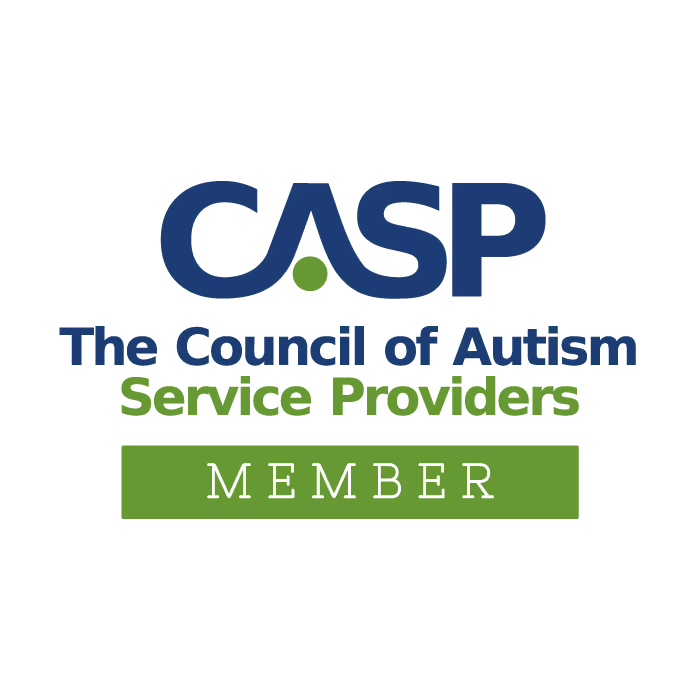WHAT IS AN ARTICULATION DISORDER?
An articulation disorder refers to errors in speech sound production including deletion of sounds, substitution of sounds, adding sounds, or distorting sounds. It is appropriate for children at certain ages to produce sounds in error; however, if a child is producing an error with a sound that they should have acquired, they may have an articulation disorder. Articulation disorders may negatively impact a child’s speech intelligibility when communicating with peers and adults. There is a range of typical speech-sound development, though most children are 90% intelligible to a wider range of communication partners by age 4.
WHAT CAUSES ARTICULATION DISORDER?
An articulation disorder may be attributed to a medical diagnosis or illness (i.e. including neurological disorders, genetic syndromes, and developmental disorders), the development and structure of the oral mechanism (i.e., cleft lip or palate), hypotonia, oral motor skills and development, difficulty with placement of articulators, exposure to adult language models, and/or hearing loss.
HOW DO I KNOW IF MY CHILD HAS AN ARTICULATION DISORDER?
Children that are unintelligible to others at age 3 or older may be demonstrating an articulation disorder. Additionally, if they are unable to say sounds that the majority of their peers have mastered, they may be showing signs of an articulation disorder. If you are unsure of what age your child should be making certain sounds, contact a speech-language pathologist for more information.
HOW CAN I HELP TREAT MY CHILD'S ARTICULATION DISORDER?
If your child has an articulation disorder, intervention and therapy by a speech-language pathologist is generally recommended. The therapist will assist your child to produce correct articulator (tongue, lips, teeth) placement and voicing to generate the sound. Practice and repetition outside of therapy sessions is imperative to achieve progress and maintenance of improved speech sound production.















